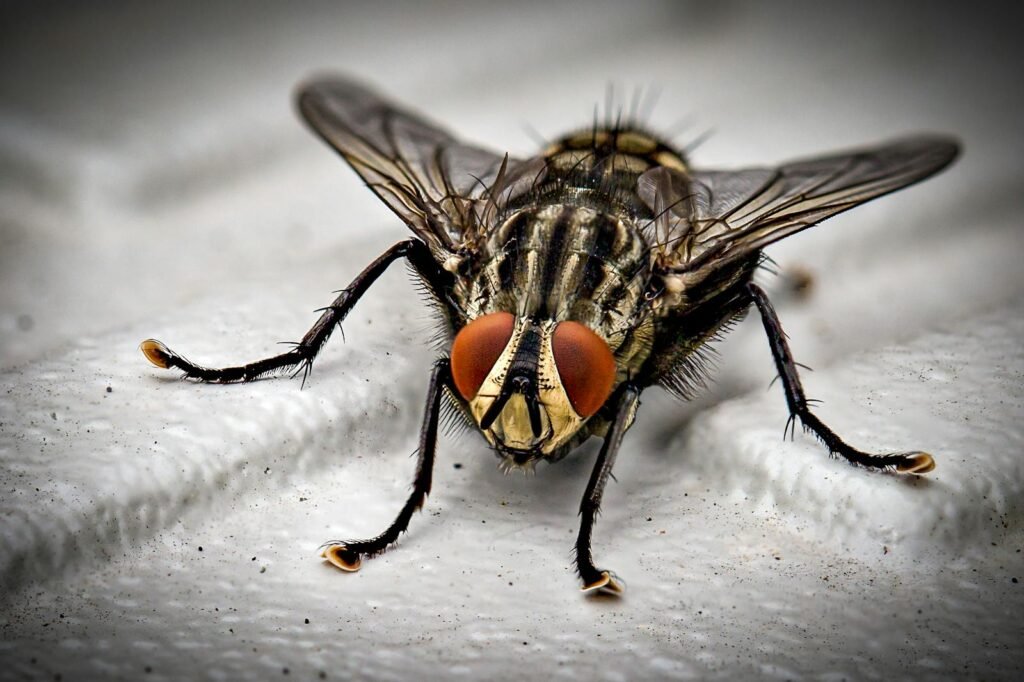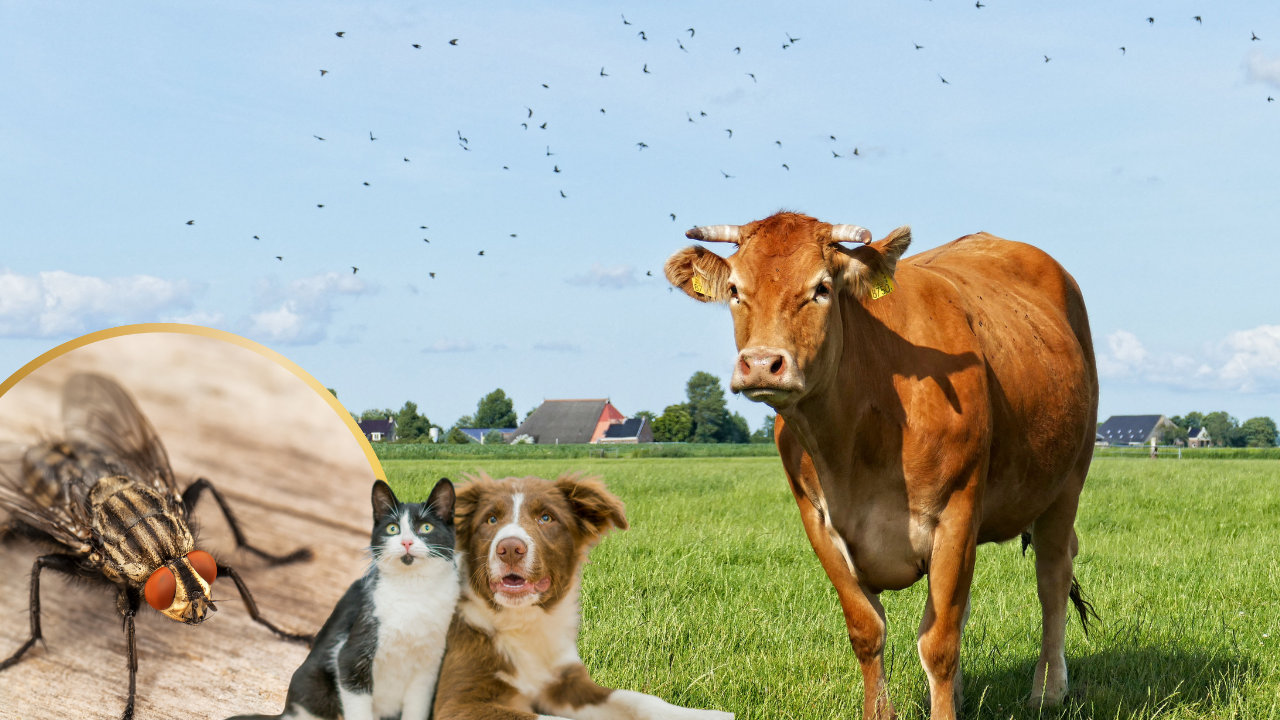DD Animal News: 4 July 2025: In an unexpected twist, the USDA (US Department of Agriculture) is ramping up a modern battlefield strategy—breeding billions of sterile flies to combat the New World screwworm, a parasitic larva known for its flesh-eating tendencies. Once eradicated from the U.S. in 1966, the screwworm has reemerged in southern Mexico, prompting sweeping preventative efforts across the border regions of Texas and Mexico.
How the Sterile-Insect Technique Works

The strategy relies on the sterile insect technique: male screwworm flies are irradiated to render them infertile, then released en masse. When they mate with wild females, the eggs fail to hatch, causing the local screwworm population to collapse over time. This biological control method, first pioneered decades ago, is considered more environmentally friendly than chemical pesticides and has proven historically effective.
Infrastructure Behind the Campaign
Key to this effort are new production facilities: the USDA is investing about $8.5 million to build a Texas fly-breeding center near the Mexican border, capable of producing roughly 300 million sterile flies weekly. A sister facility in southern Mexico, converted from a former fruit-fly lab, is slated to begin operations by mid-2026, adding up to 400 million sterile flies per week into the battlefront.
Threat Spectrum: From Livestock to Household Pets

Screwworm larvae burrow into open wounds, feeding on living flesh threat that spans traditional livestock like cattle and horses to pets such as cats and dogs, and even occasionally humans. Veterinarians warn that infestations in pets can be excruciatingly painful and, without swift treatment, potentially fatal. Thus, this initiative extends critical protection to companion animals as well as farm stock and wildlife.
Science, Safety, and Operational Challenges
Executing a fly-bomb deployment involves intricate operations: maintaining sterile colonies, transporting them across borders, and distributing them via aircraft. Safety is paramount—past testing incidents have tragically resulted in crashes. Moreover, breeding such vast numbers demands nutrient-rich larval diets, secure facilities, and coordination across USDA branches and international partners.
The Broader Implications for Agriculture and Public Health

Screwworm outbreaks can devastate livestock industries, disrupt meat and dairy supply chains, and trigger costly quarantines. By halting screwworms at the border, the initiative safeguards economic interests and human-animal health. Additionally, reestablishing domestic production capacity ensures sustained vigilance against future pest resurgence in critical agricultural zones.
This bold campaign revives a scientifically proven, environmentally conscious pest-control method—but with a much larger scale and modern complexity. Will this sterile-fly tactic succeed again, preventing suffering in animals and shielding American agriculture from a parasitic scourge?
Do you believe reviving sterile-insect programs is a wise, forward-looking step for public and animal welfare, or does it raise more ecological and logistical concerns than it solves?

Gargi from India has a Masters in History, and a Bachelor of Education. An animal lover, she is keen on crafting stories and creating content while pursuing a career in education.






